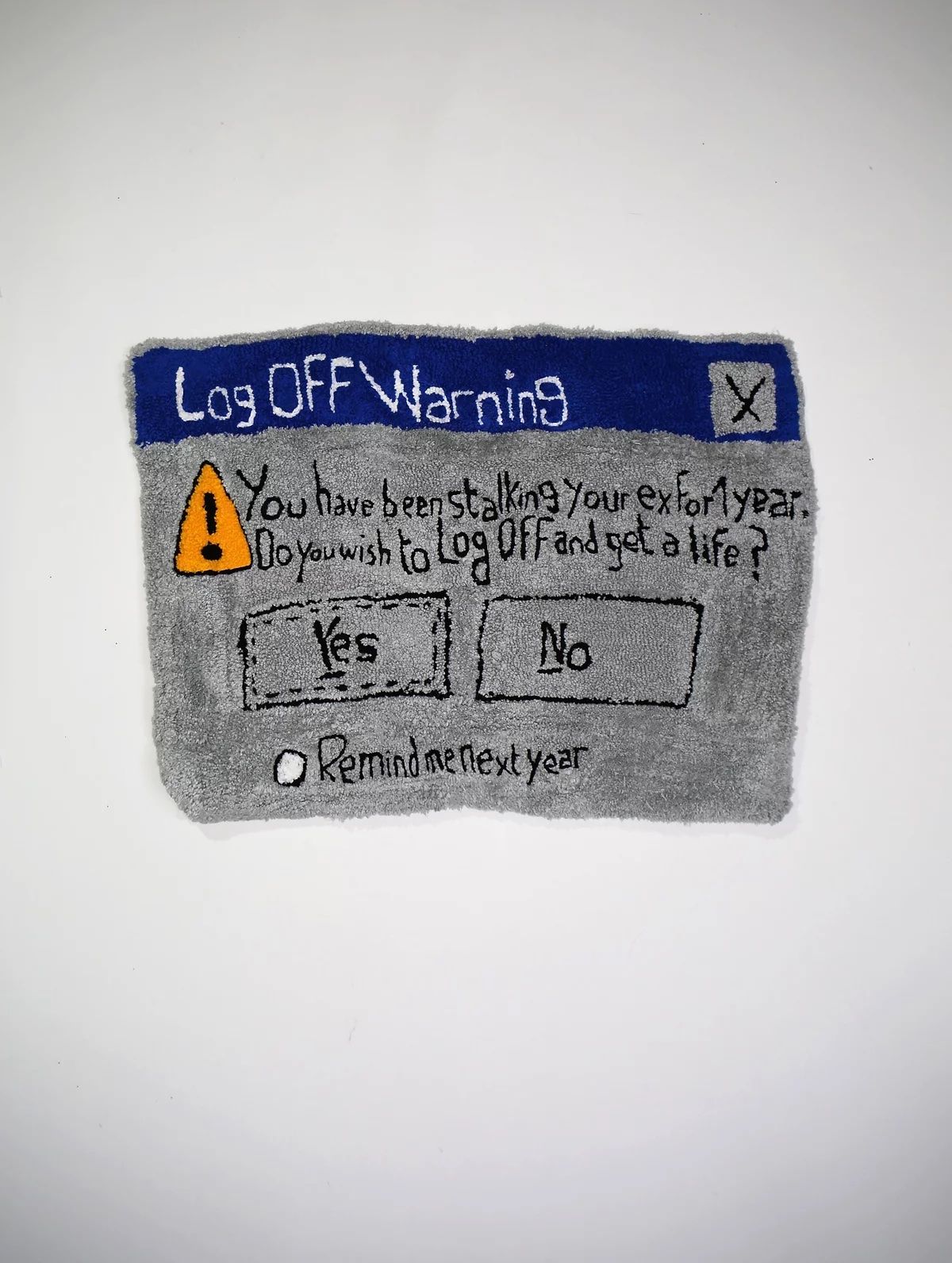I could watch Bobby Fingers‘ videos all day. This time, he made a diorama of when Michael Jackson’s hair caught on fire during the filming of a Pepsi commercial.
Posts Tagged → art
The LOL verifier
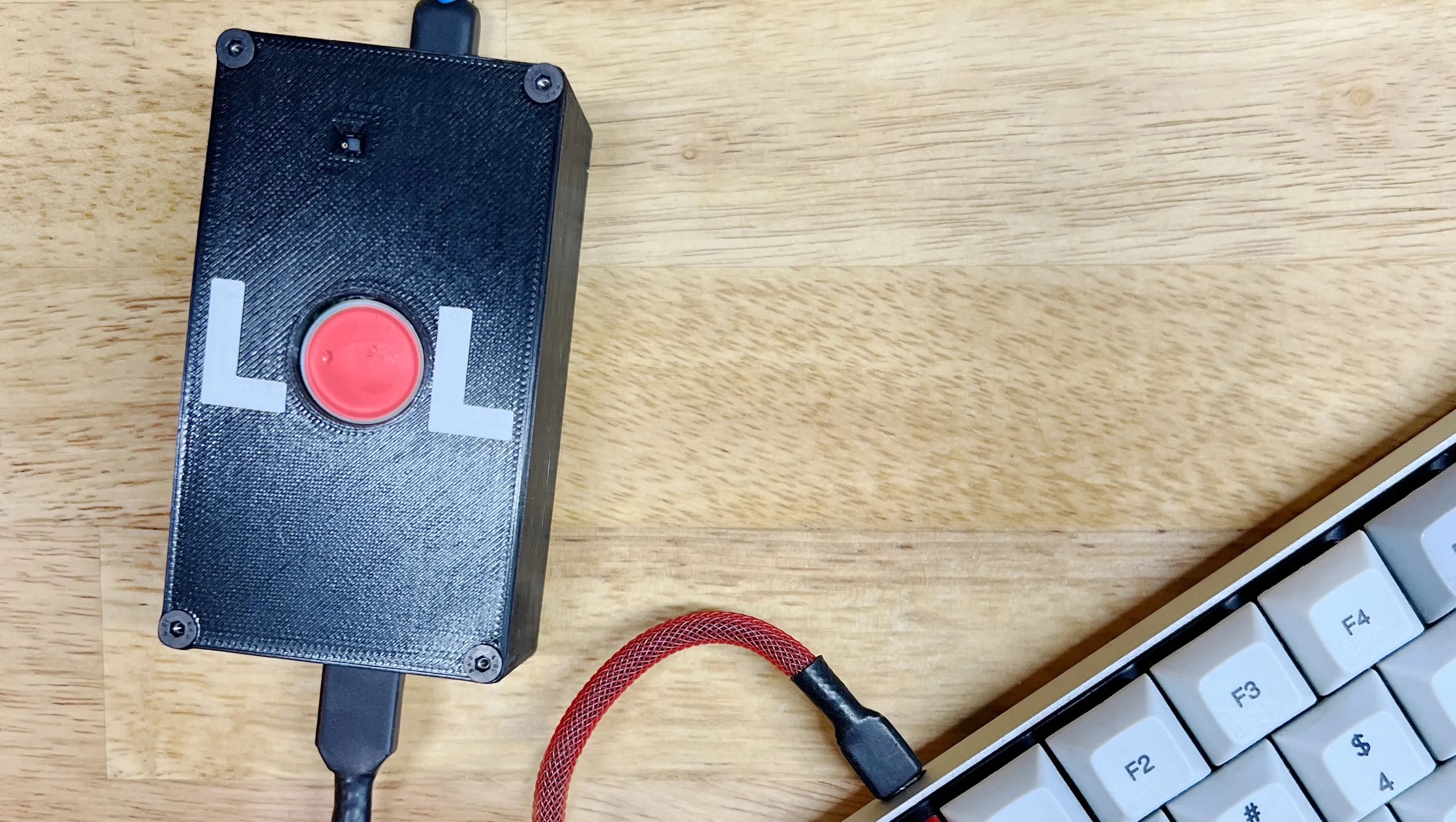
“The LOL Verifier is a device that sits between your keyboard and your computer and only lets you type “lol” if you’ve truly laughed out loud. Bringing authenticity to the least authentic place: the internet.”
by Brian Moore
This is What I call Extreme Art
Cat Graffam recreated “Judith Beheading Holofernes” by Caravaggio using Kid Pix Studio, a software released in 1995. Using the MOUSE. It was painful to watch at times, but amazing.
Ghostwriter
Designer and engineer Arvind Sanjeev created Ghostwriter, a one-of-a-kind repurposed Brother typewriter that uses AI to chat with a person typing on the keyboard. The “ghost” inside the machine comes from OpenAI’s GPT-3, a large language model that powers ChatGPT. The effect resembles a phantom conversing through the machine.
[via]
I took apart my old typewriter and powered it using @OpenAI GPT-3.
Meet: Ghostwriter, an #AI creative writing companion that lets you co-write stories on paper with #ArtificialIntelligence + . pic.twitter.com/t8rP9AW51q
— Arvind Sanjeev (@ArvindSanjeev) December 1, 2022
Everyone lives out a fairytale as a template script
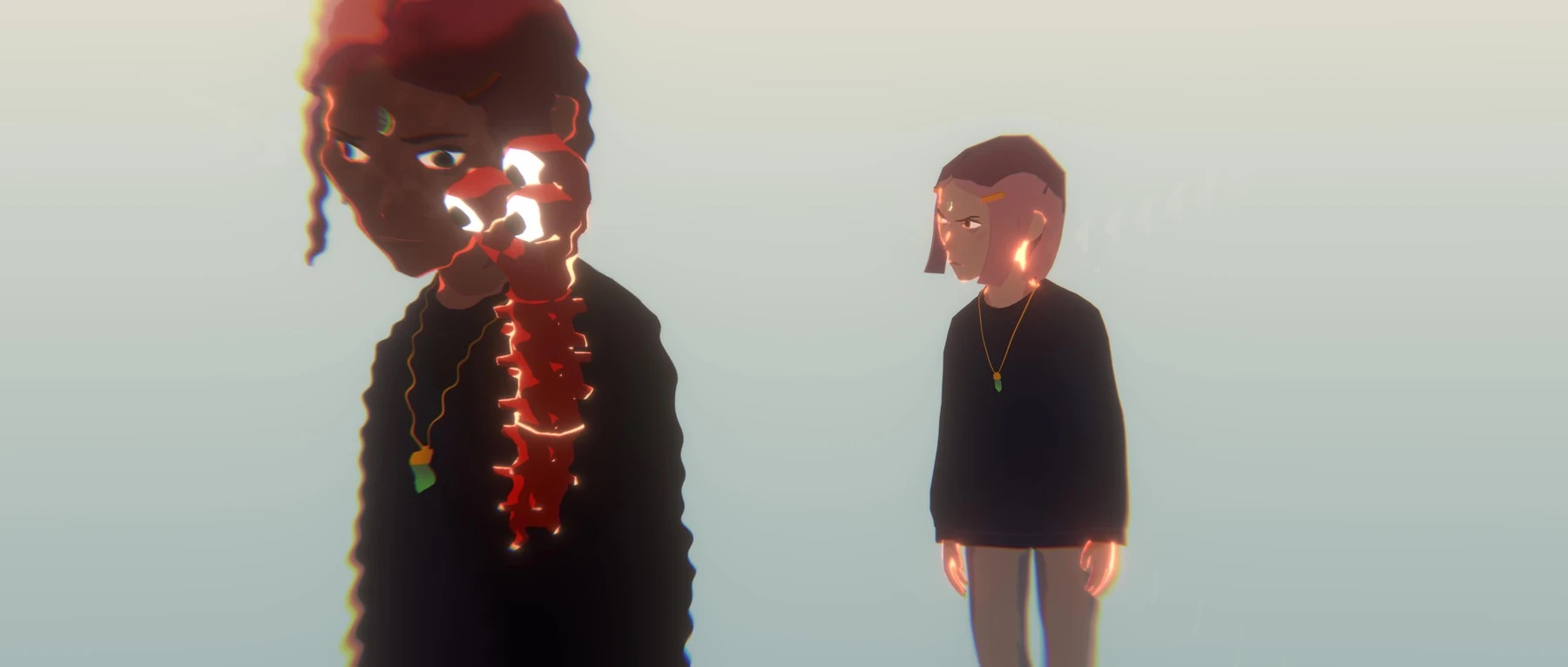
Artist Ian Cheng looks at the way that the work of psychiatrist Eric Berne changed the way that he thought about human personality when it came to creating the AI simulations that people his work. On Elephant:
“Obviously we take different paths, but Berne believed that everyone lives out a fairytale as a template script that they’ve cast themselves into with the help of their parents. Most people aren’t satisfied with the script that they’re unconsciously barreling down. It might be a mismatch: maybe your parents had old fashioned values; maybe the culture you grew up in radically shifted in your teens, which alters the relevance of your life script.”
Spawning
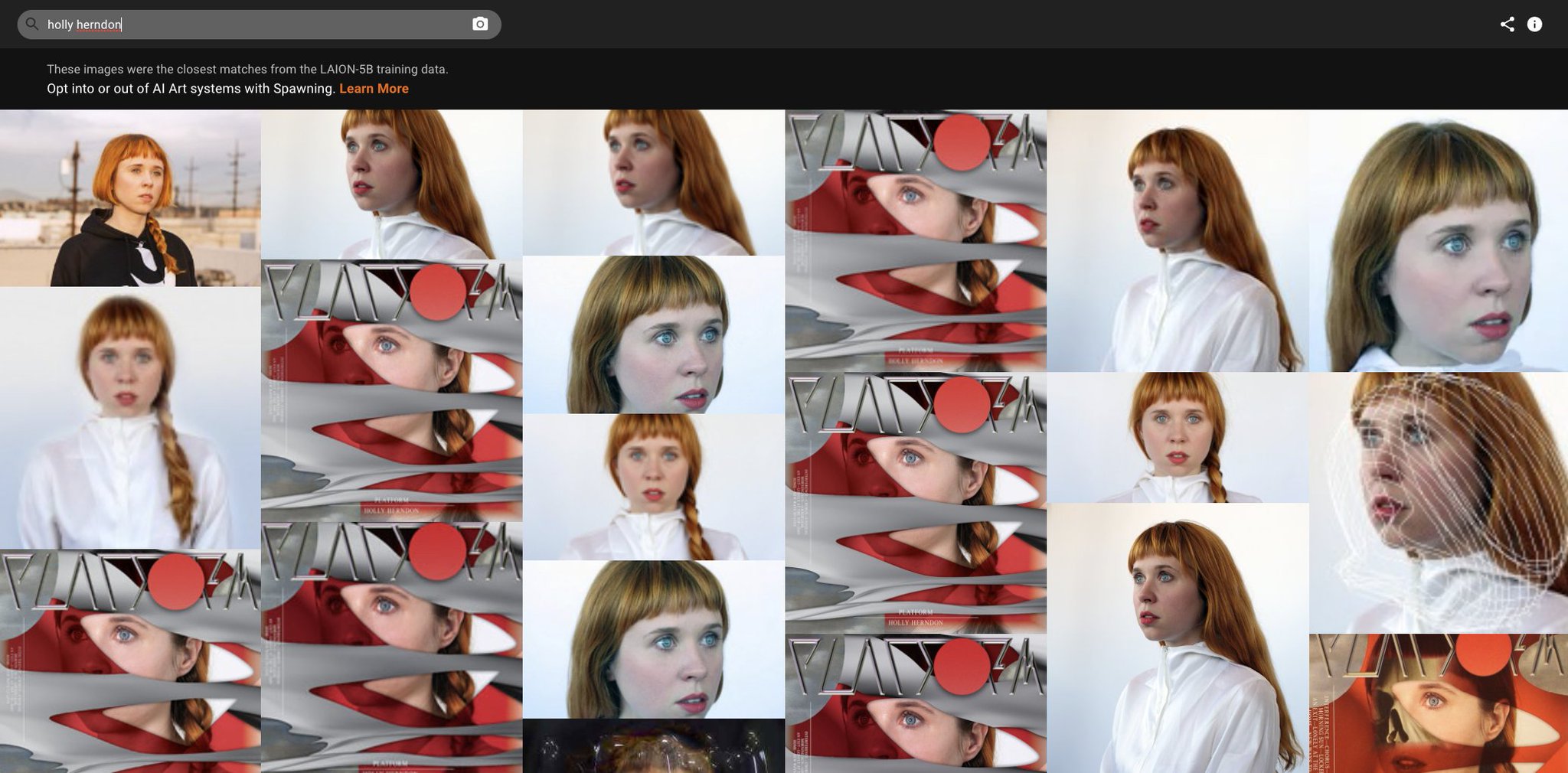
“Spawning is building tools for artists ownership of their training data, allowing them to opt into or opt out of the training of large AI models, set permissions on how their style and likeness is used, and offer their own models to the public”.
The Follower
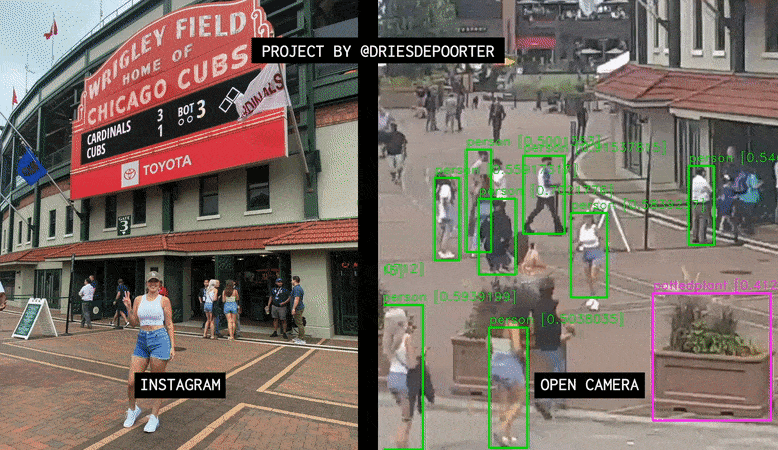
Dries Depoorter‘s “The Follower” project combines AI, open access cameras, and influencers to show behind the scenes of viral shots—without them knowing.
[via]
Drunk Mel Gibson Arrest Diorama
Amazing sculpture, amazing performance, great video.
The Subject Changes
“The Subject Changes is a poetic live simulation of a capricious character, endlessly shape-shifting while negotiating his/her ambiguous world. The character sets out on an indefinite dérive – a frantic exploration – where fragile relationships with the world-cum-stage and its occupants are established or broken down. His/her state is ornately reflected in a constantly mutating attire, a fluctuating embodied masquerade — the virtual body as an encoded aesthetic artefact.”
Created by Vienna based Depart (Leonhard Lass and Gregor Ladenhauf).
Essai d’ouverture
Essai d’ouverture is a 1988 short French film by Luc Moullet. It’s about a man and his many bizarre approaches to opening a Coca-Cola bottle.
[via]
When a harm ends, how can we make Amends?

In his latest work “Amends”, artist Kyle McDonald is auctioning three sculptures – from which the proceeds will pay to mitigate the historical emissions of three major art NFT marketplaces. The sculptures are both digital renders and physical handcrafted glass blocks, each filled with a material used for carbon removal and prevention. But they will only go on sale when Ethereum (finally? actually?) transitions away from proof-of-work. And the sculptures will be shipped to the owners of the NFTs—if they burn their NFT.
McDonald says: “The science shows that even if we end all emissions today, we still need to remove hundreds of billions of tons of historical greenhouse gases from the atmosphere and ocean. In tech the motto is ‘move fast and break things’, but those broken pieces are haunting us. Changing things going forward isn’t enough. This work represents a major opportunity to take responsibility for a small portion of our impact on the environment.”
Hide and Seek
Hide & Seek is a painting by Pavel Fyodorovich Tchelitchew, a Russian surrealist artist, that has gained a cult following of people who love to stare at it while taking Peyote.
Infinite Images

Holly Herndon and Mat Dryhurst experimented with the new OpenAI DALL·E 2 software and they wrote a very interesting report about it. Check it here.
Can not do nails
Chris Burden, Untitled, 1974 – Lithograph with hand-colored appliqué, ed. 50
(presumably a note from his partner asking him NOT to nail himself to that Volkswagen).
[via]
Web Tapestries
Eva Ostrowska (b.1989) is a French visual artist whose mixed media work offers critiques of social dynamics and romantic relationships using a raw and unapologetic combination of humour, sarcasm, and irony. Ostrowska provides a commentary on love and relationships in the digital era, the dissonance of which is made even more impactful through the use of ancient mediums such as weaving and knitting to depict modern digital realities like the text message.
When Guys Turn 20

For the past several years, artist Joshua Citarella has targeted his research-based practice on the political behaviors of the young and very online. Jacob Hurwitz-Goodman has similarly used his documentary practice to investigate emergent political modes like Seasteading. Together in When Guys Turn 20, they explore how users across the political spectrum deploy memetic tactics on social media, as well as how the rhetoric and reality of Silicon Valley diverge.
Cycling through a variety of locales and roles (teacher, Twitch streamer, prisoner, Sith Lord), Citarella narrates online political methods and mechanisms of propaganda. From MMORPGs as a proof-case for socialism to the tricks of meme extremists to the problems of Big Tech, When Guys Turn 20 offers a behind-the-servers glimpse into various expressions of platform capitalism.
[via DIS]
Karaoke Torii

Karaoke Torii (2017), by Benoit Maubrey
300 recycled loudspeakers, Bluetooth receivers, microphone, line in, 1 amplifier. A 4-channel speaker system allows the public to express themselves directly via a microphone, a line in or their smart phones and wireless technology.
Commissioned by Kamiyama Artist Residency Program (KAIR) , Japan
12′ x 15′ x 2′ – Also commissioned by the Kobe Biennale 2015
Art belongs in a frame
You can ramble about “newness” in art as long as you want, but in the end everything ends up in a frame, over a couch (or an armchair).
Life on the CAPS

Life on the CAPS is a film trilogy by artist Meriem Bennani. It is set on a fictional island where American troopers have exiled immigrants who attempted to enter America via teleportation. In the world of the CAPS, teleportation has replaced air travel, and displaced populations utilize this portal to cross oceans and borders. Layering live action footage and computer-generated animation, Bennani intuitively adapts editing techniques that evoke documentary film, science-fiction, phone footage, music videos, and reality TV.
[via]
The Weird and Wonderful World of AI Art
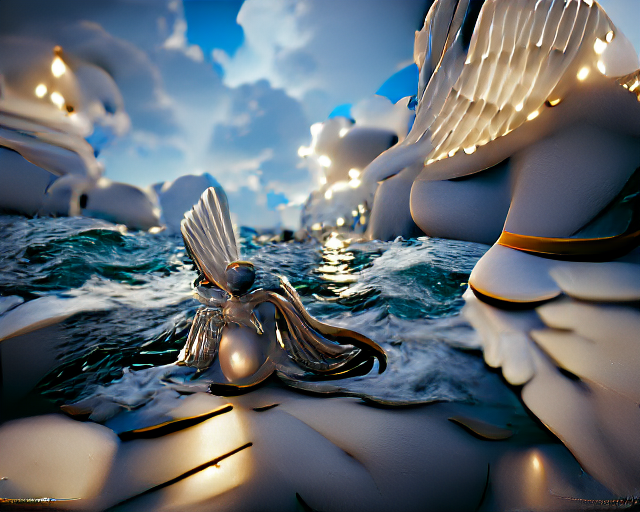
This article contains an interesting timeline of recent AI art applications, from 2015 to 2022:
“The AI art we had before 2021 was intriguing, but tended to be abstract, esoteric, and just not that relatable to a human. The AI art we have now is fully controllable, and can be about whatever you want it to be. What changed? Well, there’s something to be said for the new wave of publicity and interest, which certainly accelerated the pace of our art-generation techniques. But the main development is the rise of multimodal learning.”
Another good read on the same topic is Clip Art and the New Aesthetics of AI by Luba Elliott, which also mentions this amazing work by Memo Atken.
Tech Art: a perpetually emerging genre
“Tech Art” was new in the Sixties, in the Eighties, in the Nineties… and it’s still new now!
John Lennon broke up Fluxus
Goodbye 2021
Dialogue Goggles

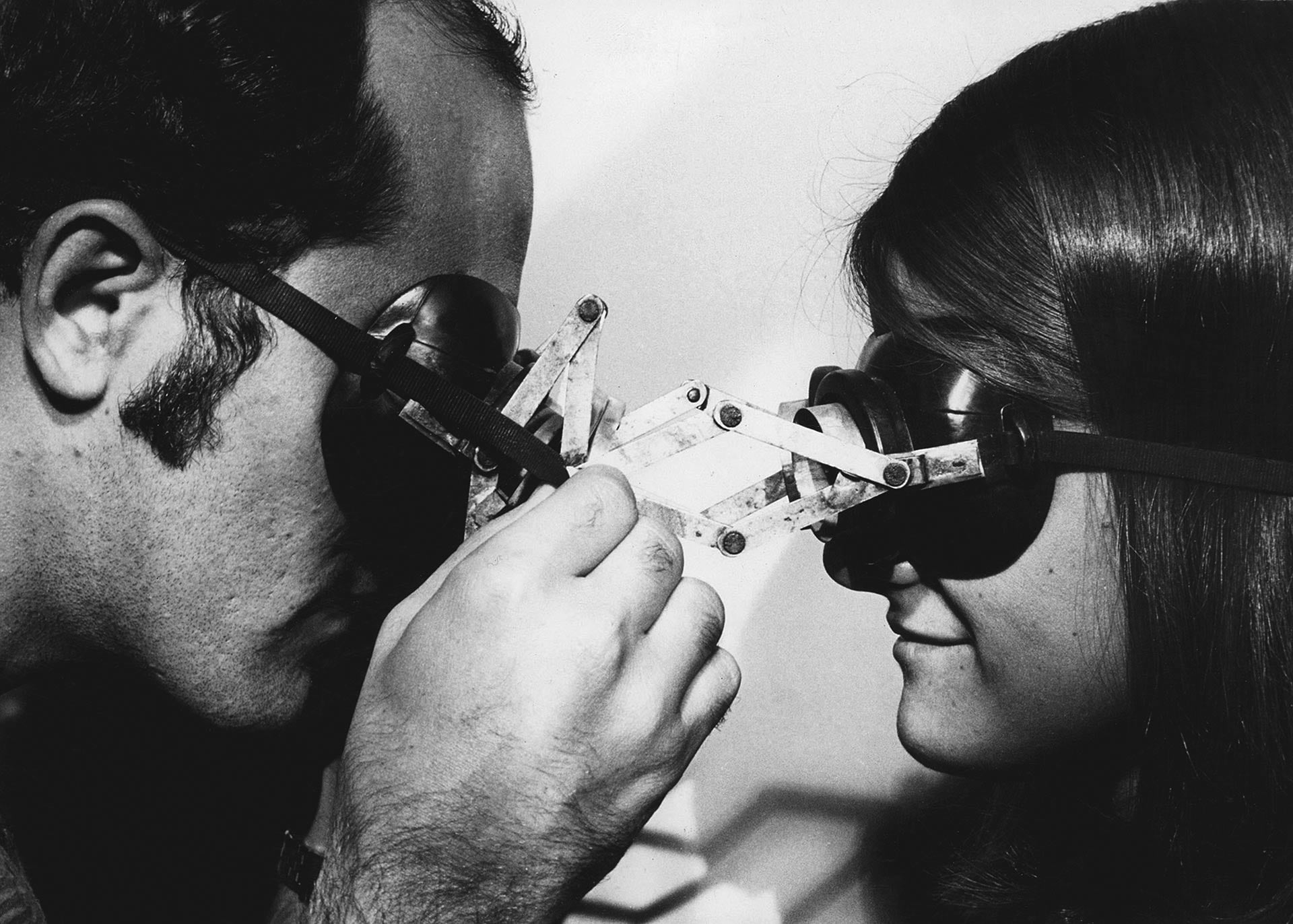
Lygia Clark, Goggles / Dialogue Goggles, 1968
“Brazilian artist Lygia Clark’s ‘Óculos’ (Goggles) and Dialogo: Óculos (Dialogue: Goggles) from 1968 draw attention to the performance of wearing, looking and seeing; and the fashion accessory as an object of communication. Both artworks are performative and are a sensory experience for the participant as well as being an immersive sculpture and fashion accessory. The artwork is the participant wearing the object: a pair of glasses that alters the vision of the participant(s) with magnifying lenses.”

